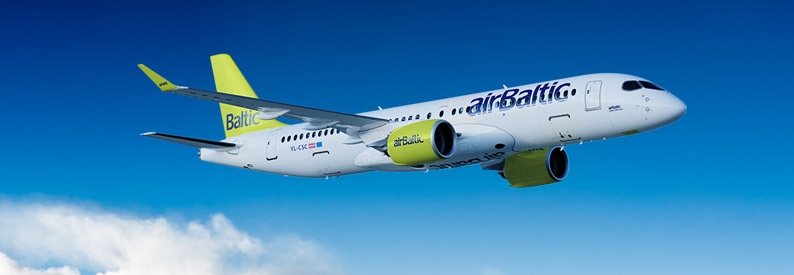Air Baltic Training Enhances Fleet with First Fully Electric Aircraft for Eco-Friendly Pilot Training

Air Baltic Training, the educational arm of the Latvian airline Air Baltic, has announced an expansion of its fleet with the acquisition of groundbreaking electric aircraft. This expansion was formalized through a letter of intent signed with Diamond Aircraft at the Baltic International Airshow in Liepaja. The purchase includes three eDA40s—the first electric aircraft in its category to be certified by EASA/FAA—and two DA42-VI aircraft, expanding the Air Baltic Pilot Academy’s fleet to a total of 15 aircraft.
The introduction of the eDA40 electric aircraft represents a significant advancement in sustainable aviation training. These aircraft are equipped with advanced electric motors and a dual-string battery system, offering zero emissions and considerably reduced noise levels. Additionally, their fast charging capabilities enable them to be recharged in just 20-30 minutes, enhancing training efficiency by minimizing downtime.
Pauls Cālītis, Chief Operations Officer of Air Baltic, highlighted the strategic importance of this acquisition, stating, “The arrival of these innovative aircraft is a milestone in our mission to provide sustainable training for future pilots. We are relying on the latest technology to meet the growing demand for qualified aviation professionals.”
Jane Wang, Sales Director at Diamond Aircraft Austria, also commented on the partnership: “This investment demonstrates Air Baltic Training’s commitment to cutting-edge and sustainable technology in flight training.”
Currently, the Air Baltic Pilot Academy boasts 136 students, including many from other EU countries, reinforcing its commitment to a diverse student body. To date, 99 graduates of the academy have begun their professional careers at Air Baltic, signifying the success and impact of the training program.
This fleet enhancement underscores Air Baltic Training’s dedication to innovation and environmental stewardship in the aviation industry, setting a precedent for future developments in pilot training.
Sources: AirGuide Business airguide.info, bing.com, aviation.direct
